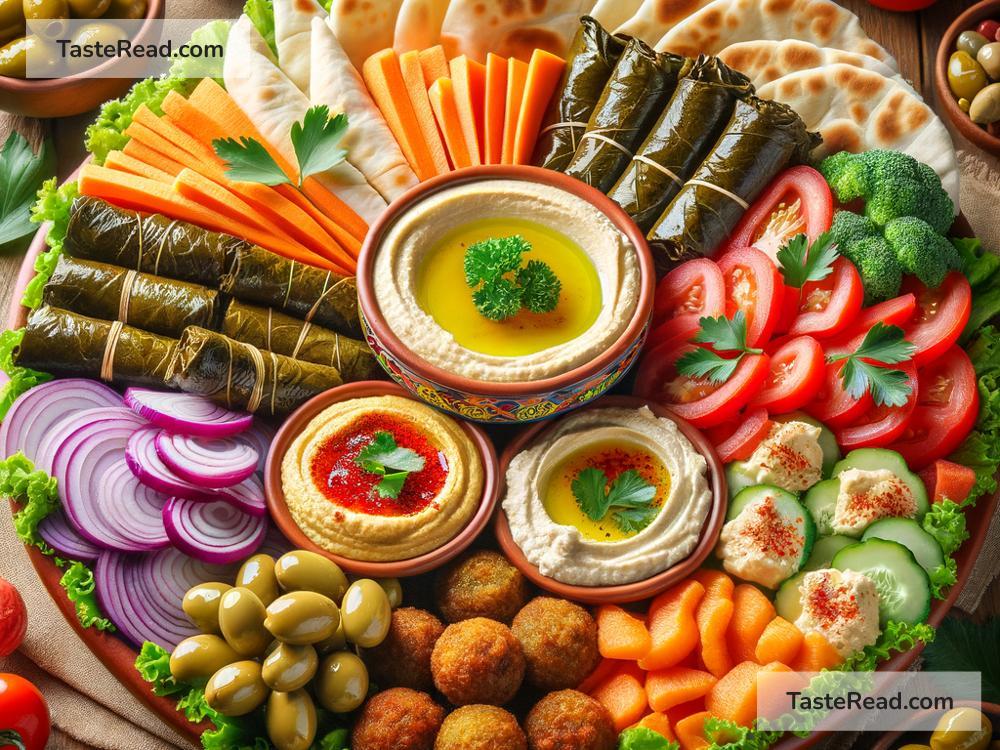Exploring the History of the Lebanese Mezze Platter
The Lebanese mezze platter is a swirl of colors, flavors, and history on a plate. It’s not just food; it’s an invitation to gather, share, and immerse in a culinary tradition that dates back centuries. But what is this delightful spread, and how did it become a staple of Lebanese cuisine? Let’s dive into the vibrant world of mezze to uncover its origins and evolution.
The Roots of Mezze
The word “mezze” stems from the Arabic term “mazza,” which means “to savor in little bites.” This concept of enjoying small servings of various dishes has deep roots in the Middle East, extending beyond Lebanon to countries like Greece, Turkey, and Iran. The idea is to create a communal dining experience that encourages conversation, sharing, and a slower pace of eating.
Historically, mezze started as a few simple snacks — olives, cheese, and bread — served to accompany drinks. Over time, these humble beginnings transformed into a more elaborate assortment of dishes, reflecting the region’s rich agricultural bounty and intricate cultural tapestry. Today, a Lebanese mezze platter is a feast for the senses, showcasing an array of textures, tastes, and aromas.
The Composition of a Lebanese Mezze Platter
A traditional Lebanese mezze platter is a cornucopia of delights. It typically includes a mix of dips, salads, pastries, and proteins. Hummus (a creamy blend of chickpeas, tahini, lemon, and garlic) and baba ghanoush (a smoky eggplant dip) are staples, offering smooth, rich flavors. Tabbouleh, a refreshing parsley salad punctuated with bulgur wheat, tomatoes, and a zesty lemon dressing, adds a crisp contrast.
Then there are the small bites like kibbeh (savory meatballs with bulgur and spices) and falafel (fried balls of seasoned chickpeas), which provide hearty substance. Not to forget, the cheese-stuffed pastries and meat skewers add layers of savory satisfaction. A mezze platter is never complete without an assortment of pickled vegetables, adding tangy crunch to the rich and spicy flavors.
The Social Aspect of Mezze
The mezze platter embodies the Lebanese ethos of hospitality and community. It’s not just a meal; it’s an event, designed to bring people together over shared dishes. The variety and abundance encourage a casual, interactive dining experience, where guests can sample a little bit of everything while engaging in lively conversation.
Celebrations, big or small, often revolve around mezze. It is a way of showing love and generosity, allowing the host to cater to various tastes and dietary preferences. The act of sharing from the same plate also reinforces bonds between family and friends, making each meal a communal celebration of togetherness.
Evolution Through the Ages
While deeply rooted in tradition, the Lebanese mezze platter has not stagnated. It reflects the ebb and flow of Lebanon’s history, absorbing influences from various occupiers, traders, and immigrants who have crossed this land for centuries. Each wave of influence left its mark, enriching the mezze with new flavors and ingredients.
Today, contemporary chefs inside Lebanon and around the world continue to innovate, marrying tradition with modern culinary trends. From vegan versions of classic dishes to fusion creations that blend elements from different cuisines, mezze is a living, evolving tradition that continues to captivate and delight.
Conclusion
The Lebanese mezze platter is more than just a collection of dishes; it’s a cultural artifact, embodying the history, hospitality, and communal spirit of Lebanon. Each dip, salad, and pastry tells a story of agricultural abundance, social connection, and culinary evolution.
Exploring the history of mezze is like embarking on a journey through time and place, uncovering the layers of influence and innovation that have shaped this iconic spread. It’s a reminder of the power of food to bring people together, transcending boundaries and creating memories that last a lifetime.
So next time you sit down to share a mezze platter, take a moment to savor not just the flavors, but the rich cultural tapestry it represents. It’s an experience that feeds not only the body but the soul.


